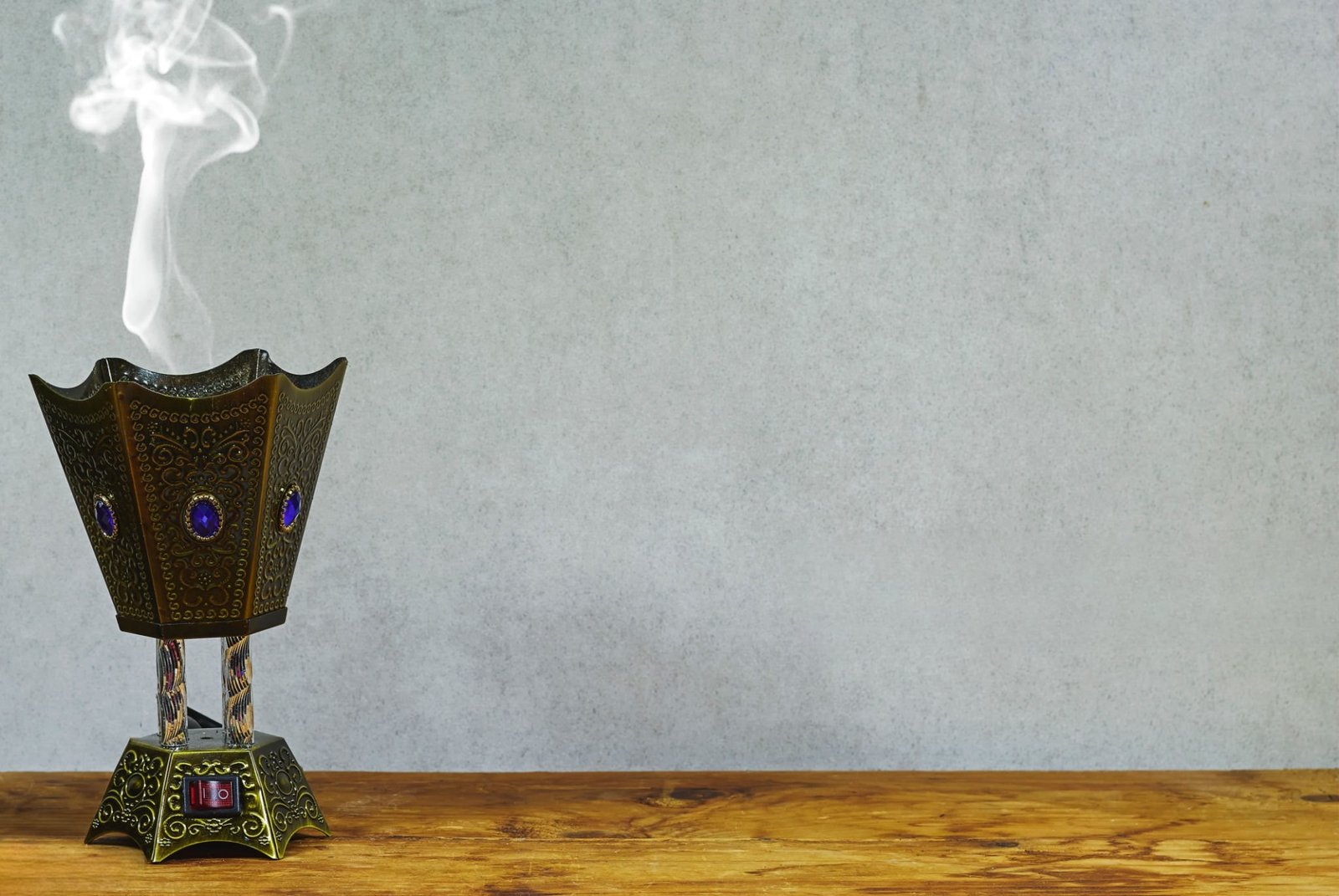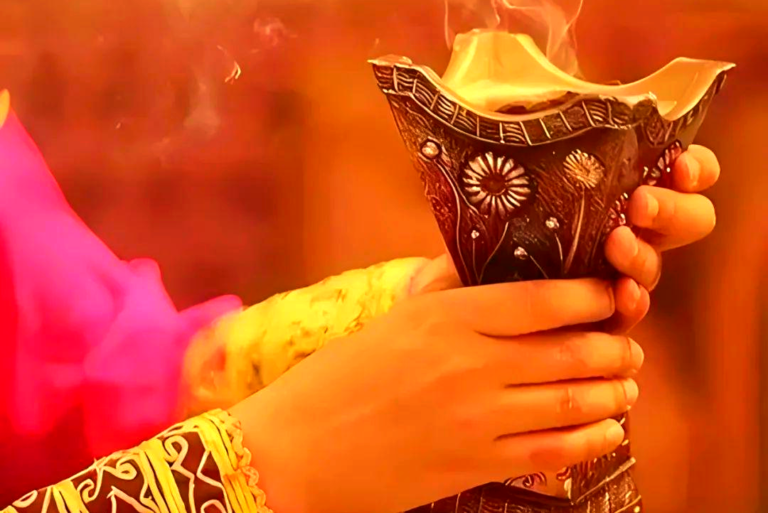Introduction
In the deserts and oases of the Arabian Peninsula, a deep and warm fragrance has lingered for millennia. Known as “Oud” (Agarwood), it is a spiritual totem of Middle Eastern nobility, the “liquid gold” of desert trade routes, and a symbol of purity and devotion in Islamic civilization. From the palace incense of One Thousand and One Nights to the luxurious perfume counters in Dubai’s malls, the story of agarwood is an olfactory epic of Middle Eastern civilization.
I. The Heaven-Sent Wood of the Desert: The Mystery of Agarwood’s Origins in the Middle East
Agarwood is not the tree itself but the precious resin formed when the Aquilaria tree secretes resin in response to injury and interacts with fungi. Although Southeast Asia is the primary source, the dry and hot climate of the Middle East transforms the fragrance of agarwood—its woody notes fade, leaving behind layers of leather, smokiness, and honey-like richness.
Archaeological evidence shows that Mesopotamian clay tablets from 2000 BCE already documented the use of "aromatic resin" in temple rituals. The ancient incense routes of the Sabaean Kingdom in Yemen transported agarwood, along with frankincense and myrrh, to the Mediterranean, where it became a sacred item in King Solomon's Temple.
II. Black Gold on Camelback: The Ancient Arabian Agarwood Trade Network
With the rise of the Islamic Empire in the 7th century, agarwood reached its zenith through Arab caravans. The port of Sohar in Oman became a hub for agarwood trade, where merchants exchanged ivory and silk for Southeast Asian agarwood, which was then transported overland to Damascus and Baghdad.
The historian Ibn Battuta recorded, "A cubit (about 45 cm) of top-grade Hainan agarwood was worth its weight in gold." The Ottoman court even appointed an "Attar" (agarwood official) to oversee the royal use of incense, and the Sultan's beard had to be groomed daily with agarwood oil.
III. Fragrance as Faith: The Sacred Status of Agarwood in Islamic Culture
The Quran describes the scent of paradise as "like the most precious agarwood" (56:89), and the Hadith frequently mentions the Prophet Muhammad's encouragement to use agarwood for cleansing the body and places of worship. During Ramadan, the incense burners in mosques emit agarwood smoke day and night, symbolizing the purification of the soul.
The unique “Bakhoor” incense ritual permeates daily life: brides step over agarwood charcoal burners before entering their new homes, newborns are bathed in agarwood smoke, and even modern Gulf states burn agarwood during the signing of important treaties to signify solemnity.
IV. From Copper Burners to Crystal Bottles: A Millennium of Middle Eastern Perfumery Craftsmanship
- 1. Traditional Distillation Method :Arab craftsmen pioneered the copper still (Dallah), distilling sandalwood over a slow flame for months to produce the thick “Oud Al Matboukh.” A single drop of this essence can imbue clothes with scent lasting for up to a week.
- 2. Perfume Composition Philosophy: Following a three-tier structure of “headline – heart – base”: using saffron or rose to awaken the senses, sandalwood is the central heart, complemented by ambergris or musk. This reflects the Islamic philosophical concept of materiality, spirituality, and eternity.
- 3. Modern Reinterpretation: The “Amouage Opus VI” perfume, personally formulated by Sultan Qaboos of Oman, sold for over $300,000 at auction. Dubai’s “Arabian Oud” chain has innovatively incorporated sandalwood into various products like chocolate, candles, and even gold incense burners, appealing to the younger generation.
V. When Ancient Aromatics Meet the Future: The Rebirth of Middle Eastern Agarwood
Today, the UAE imports over 50 tons of raw agarwood annually, and Saudi Arabia’s “Agarwood and Rose Festival” attracts fragrance enthusiasts worldwide. Scientists are extracting anti-cancer compounds from agarwood, validating its traditional medicinal uses for “healing heartache and awakening the mind.”
Just as the Middle East Pavilion at the Dubai Expo showcased agarwood molecular diffusion through mechanical installations, this desert-born fragrance is writing a new chapter at the intersection of technology and tradition.
From caravan bells to private jets, from mosque domes to skyscrapers, agarwood remains a hidden code of the Middle Eastern soul. It is not merely a luxury but a shared language transcending religion, race, and time. When we light a stick of agarwood, what burns is humanity's collective yearning for beauty and eternity.




